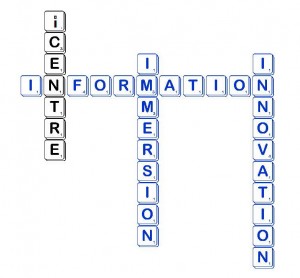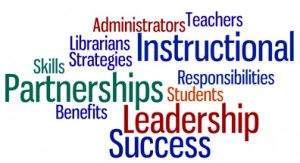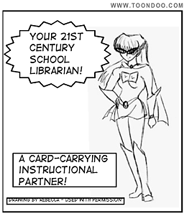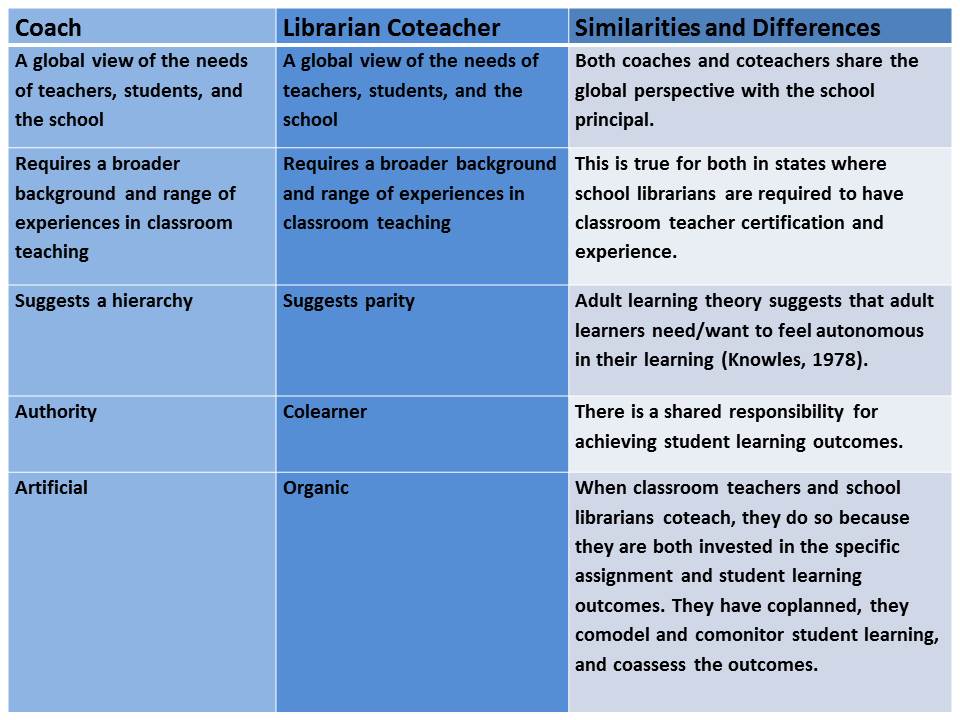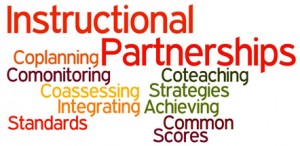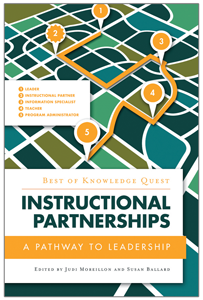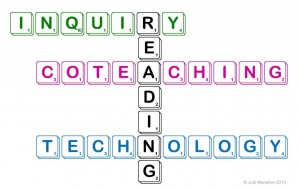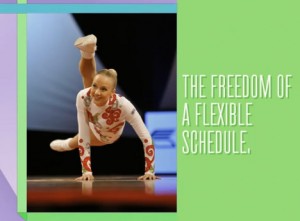What’s in your assessment toolbox? As a collaborating co-teacher, or instructor in your own library classroom, you need a variety of assessment tools that measure critical thinking and comprehension, as well as knowledge and performance. So many assessments, so many choices-how do you pick the right one? Formative and summative assessments range from simple to complex, and depend on the goals for the activity or unit and the age/level of the student. Good assessment tools inform the teacher and the student about progress. Teaching and learning can be adjusted according to results of assessments. They are essential elements for effective instruction. So with that said, do you have some favorite ways to evaluate learning? Would you like to find new ideas that are quick and easy? What are some technology apps that bring a creative twist to the tried and true?
Here are a few links to explore that might give you some new tools for your toolbox:
Jennifer LaGarde’s “Adventures of Library Girl” blog (Dec. 3, 2012) has a compendium of digital tools for using for assessment: http://www.librarygirl.net/2012/12/library-girls-picks-best-digital-tools.html
Kathy Schrock’s website-not to be missed-many examples of rubric and assessments: http://www.schrockguide.net/assessment-and-rubrics.html
West Virginia Department of Education website, page on formative assessment: http://wvde.state.wv.us/teach21/ExamplesofFormativeAssessment.html
Do you have other suggestions to add to the list? Share them here!
(Image: clkr.com)



